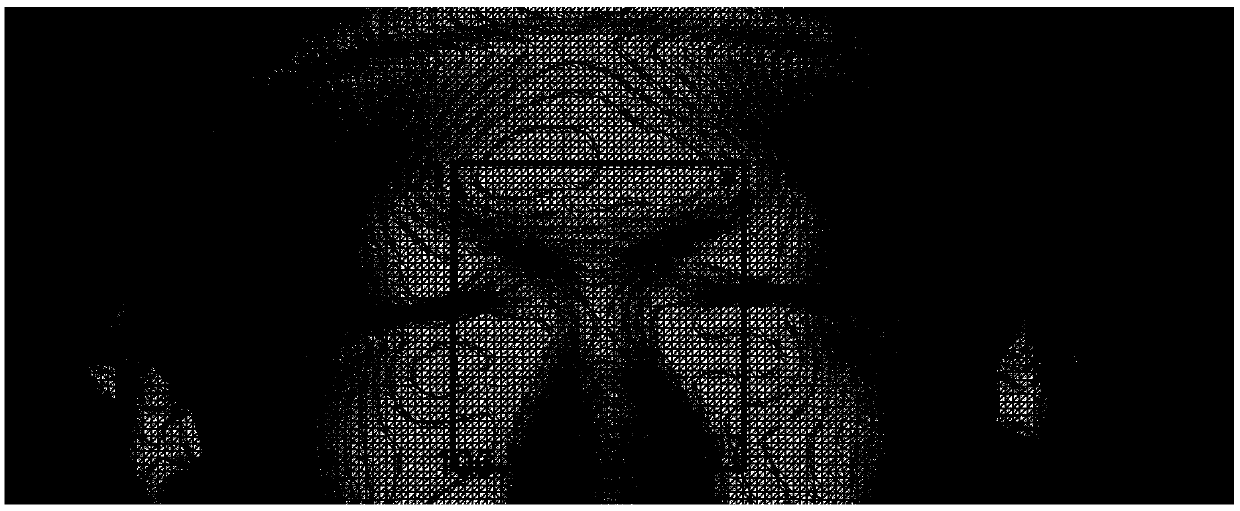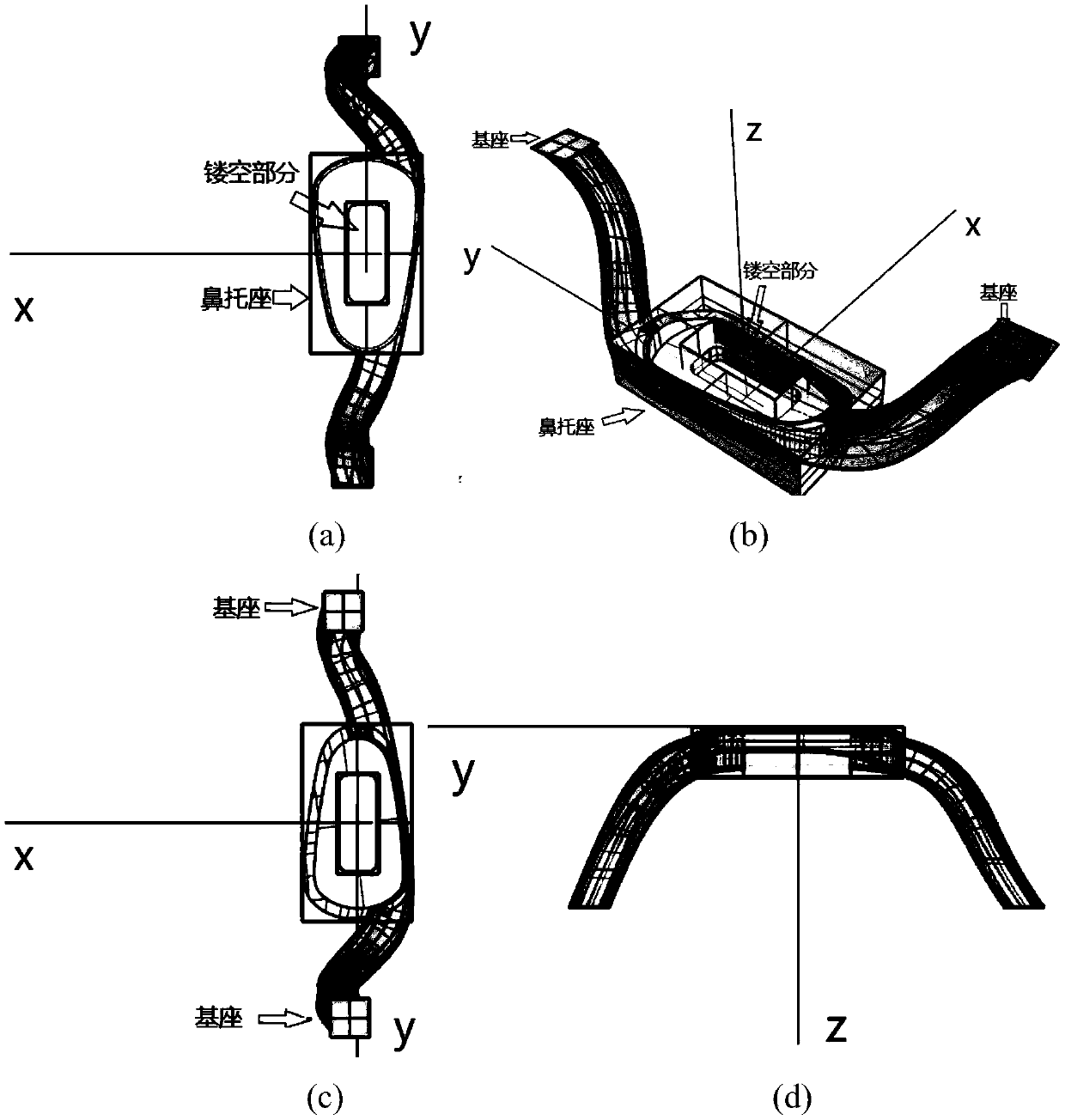An automatic design method of a personalized flexible nose pad
An automatic design and nose pad technology, applied in design optimization/simulation, calculation, special data processing applications, etc., can solve problems affecting the fit of nose pads, difficulty in designing silicone pads, and impact on wearing comfort, to achieve a good fit High degree, short manufacturing time, simple effect
- Summary
- Abstract
- Description
- Claims
- Application Information
AI Technical Summary
Problems solved by technology
Method used
Image
Examples
Embodiment Construction
[0068] The present invention will be further described in detail below with reference to the accompanying drawings and embodiments. It should be noted that the following embodiments are intended to facilitate the understanding of the present invention, but do not limit it in any way.
[0069] Such as figure 1 As shown, an automatic design method for a personalized flexible nose pad includes reading the nose model 101, reading the nose pad model and parameters 102, sampling the stipple leaf 103, initializing the nose pad position 104, and iteratively pulling the nose pad 105 closer. , the implementation details of each step will be described in detail below.
[0070] 1. Read the nose model, refer to figure 2 :
[0071] (1-1) Read the face model of the target object and the corresponding feature point set calculated by other methods.
[0072] (1-2) Find a minimum rectangle from the front view, just including point 106, point 107, point 108 and point 109.
[0073] (1-3) Unde...
PUM
 Login to View More
Login to View More Abstract
Description
Claims
Application Information
 Login to View More
Login to View More - R&D
- Intellectual Property
- Life Sciences
- Materials
- Tech Scout
- Unparalleled Data Quality
- Higher Quality Content
- 60% Fewer Hallucinations
Browse by: Latest US Patents, China's latest patents, Technical Efficacy Thesaurus, Application Domain, Technology Topic, Popular Technical Reports.
© 2025 PatSnap. All rights reserved.Legal|Privacy policy|Modern Slavery Act Transparency Statement|Sitemap|About US| Contact US: help@patsnap.com



